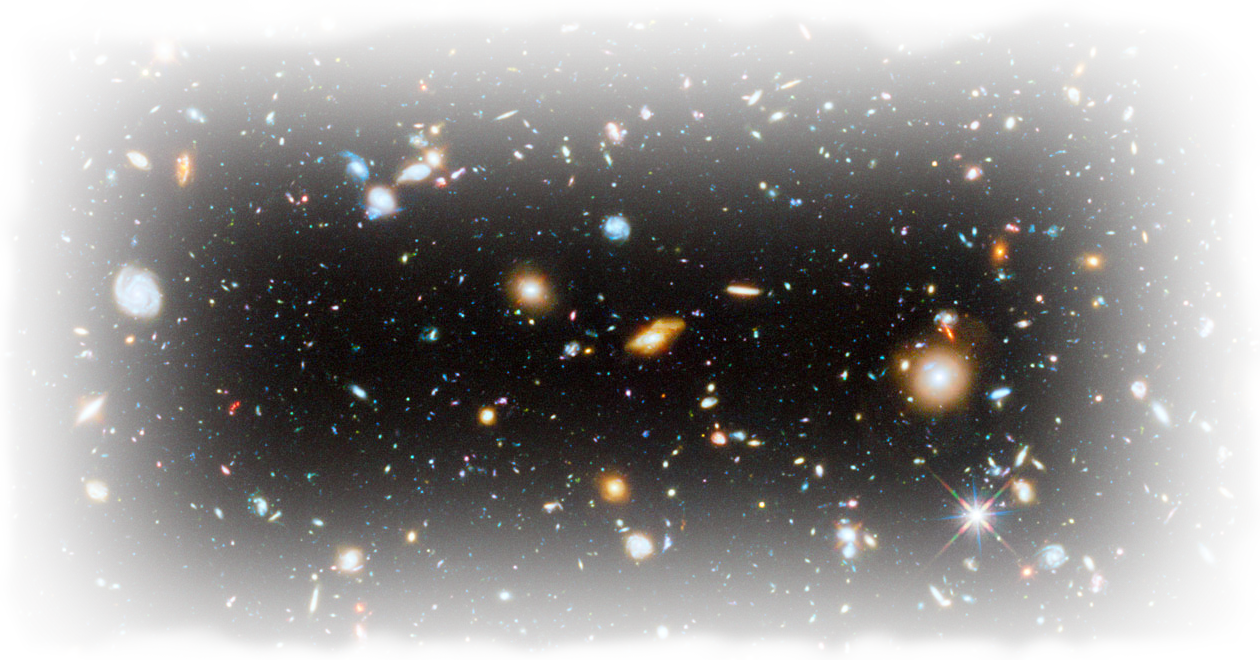
of the
Universe

Consider a massive body with gravity diminishing at greater distances. The net inward force from gravity exists until gravity pulling toward the massive body matches the gravity pulling from more distant bodies. At this zero-gravity boundary, no change in the rate of slowing of embedded clocks occurs.
The zero-gravity boundary determines the volume of space needed to balance the slowing caused by the central mass. The resulting mass density must be the same inside the volume and in the balance of the universe outside of the volume. A difference would lead to shifting the zero-gravity boundary.
The rate the universe slows is directly proportional to its effective mass density.
With a lower mass density the volume of space that is slowed by a given mass increases. This leads to a more gradual change of the rate of slowing and to lower gravity. The mass density of the universe determines the gravitational constant.
This differs from Newton's inverse square relationship. The classical weak field test of general relativity is the precession of the perihelion of Mercury. Mercury is only 0.000006 light-years from the sun. This distance falls 8 orders of magnitude below the distance needed to detect differences from Newton's formulation.